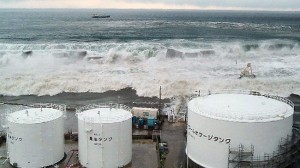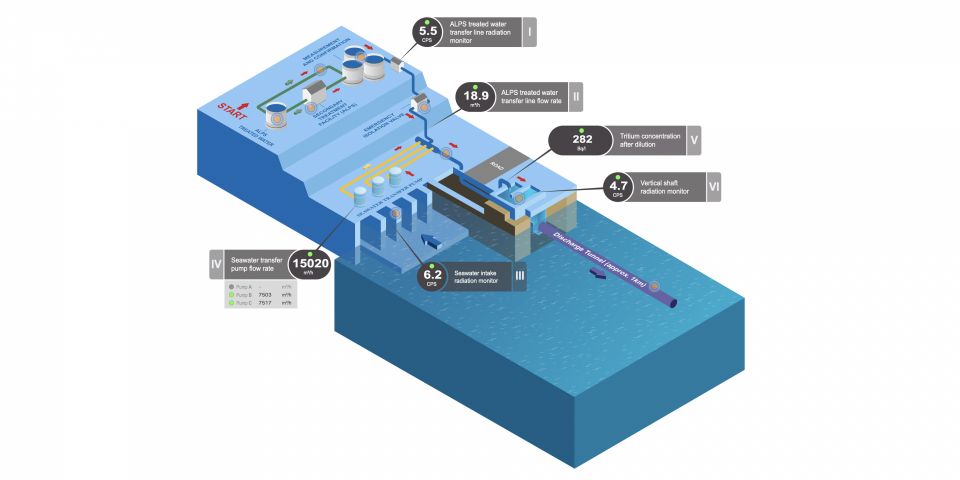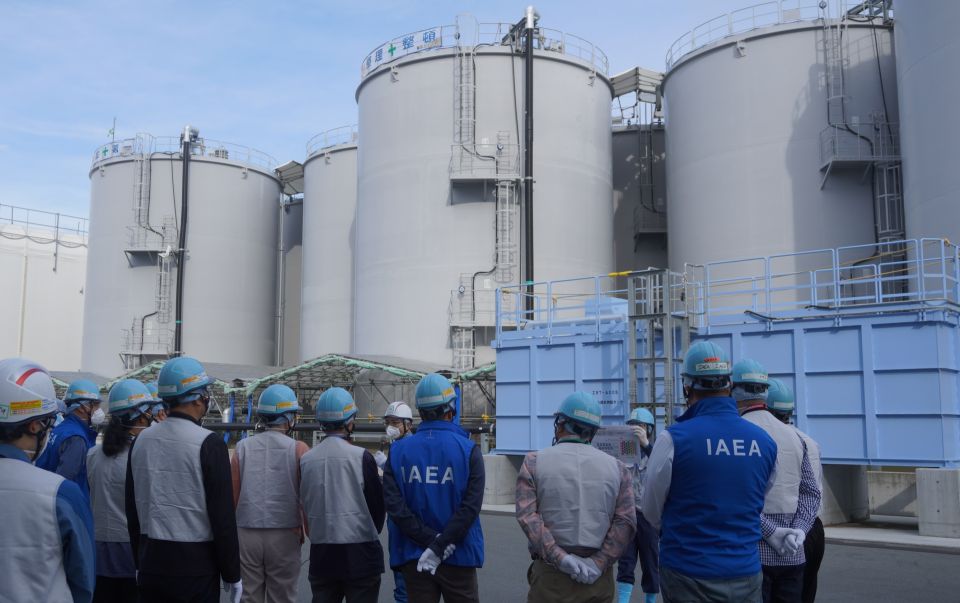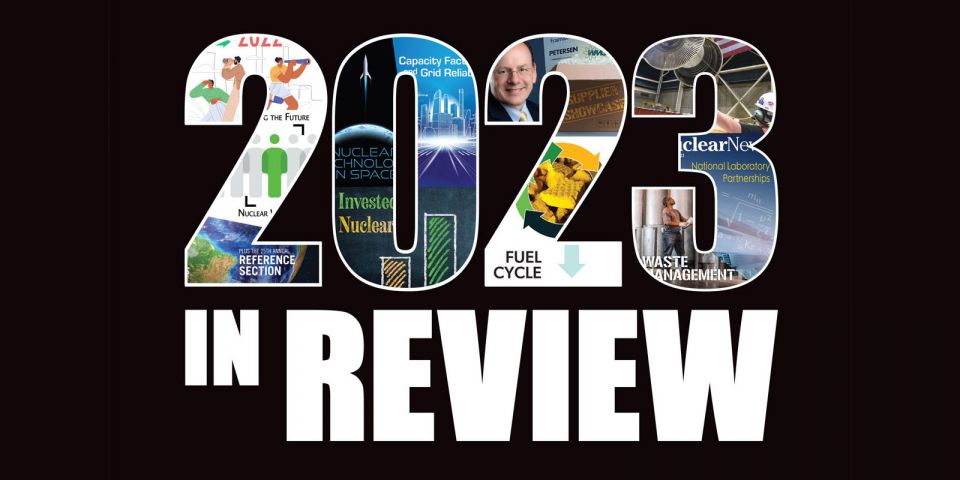Marking Fukushima at one year
Retrospective and prospective views
A number of organizations are marking the one-year anniversary of the terrible tragedy that took place in Japan on March 11, 2011.
In the year that has passed, a lot of information has come out and many organizations have, or are, developing reviews of lessons learned from the damage to the nuclear reactor complex. This blog post lists a few events that will take place this week. Some are live and online.
See the ANS Nuclear Cafe for the announcement about the American Nuclear Society event on Thursday, March 8, 10AM EST at the National Press Club. A press conference will be webcast, and the ANS Special Committee on Fukushima report will be made available for download.
Background
The March 11, 2011, Tohoku earthquake, or the Great East Japan Earthquake, was a magnitude 9.0 undersea event that occurred about 45 miles off the coast of Japan east of the Oshika Peninsula of Tohoku.
According to geologists, it was one of the most powerful known earthquakes ever to have hit Japan, and one of the five most powerful earthquakes in the world since 1900. The earthquake triggered tsunami waves that reached heights of over 133 feet (40 meters) in Miyako in Tohoku's Iwate Prefecture, and in the Sendai area, the wave traveled up to 6 miles inland.
The tsunami caused damage to the reactors at the Fukushima Daiichi nuclear power plant complex resulting in the partial meltdowns at three reactors and prompted the government's order of the associated evacuation zones affecting nearly 200,000 residents.
- Three nuclear reactors suffered explosions of hydrogen gas that had built up within their outer containment buildings after cooling systems failure.
- Residents were evacuated from within a 20 km (13 mi) radius of the Fukushima plant. In addition, the United States recommended that its citizens evacuate up to 80 km (50 mi) of the plant.
The Japanese National Police recorded approximately 16,000 dead, 6,000 injured, and another 3,300 missing and presumed dead from the combined effects of the earthquake and tsunami.
Here are some events taking place this week to review what has been learned from the events at the Fukushima reactor complex since last year.
Nuclear Energy Institute
March 6
The Nuclear Energy Institute will hold a news conference on March 6 to outline the actions taken in the year following the Fukushima Daiichi accident to improve every U.S. nuclear energy facility's capability to respond safely to extreme events, no matter what the cause.
At a 9 a.m. media briefing in the Fourth Estate Lounge at the National Press Club, the industry will discuss its new equipment procurement initiative as well as the FLEX (flexible and diverse) strategy it developed to implement post-Fukushima safety enhancements quickly and effectively.
When: 9 a.m. Tuesday, March 6
Where: Fourth Estate Lounge, National Press Club, 529 14th St. NW, Washington, DC
If you are unable to attend in person, please join by conference call.
Toll free: 800.732.8470 International: 212.231.2901
Speakers
Charles Pardee, chief operating officer, Exelon Generation Co. LLC,
chairman, Fukushima Response Steering Committee
Tony Pietrangelo, senior vice president and chief nuclear officer, Nuclear Energy Institute
Contact NEI's Steve Kerekes with any questions at sck@nei.org or 202.739.8073.
March 9
NEI will also have an online webinar on Friday, March 9. NEI will be hosting a conference call for bloggers with NEI's Adrian Heymer on FLEX, the U.S. industry's strategy to enhance safety at its nuclear energy facilities. The call will be conducted from 11 a.m. to 12 p.m. on Friday, March 9, and will be hosted by Dan Yurman of Idaho Samizdat.
All participants must pre-register in order to dial in to the call. Please RSVP to the NEI email address at epm@nei.org by COB Thursday, March 8, in order to reserve your space.
For those of you who might not be familiar with Mr. Heymer, here's a short bio. In the United States, there simply isn't anyone with a better read on how the incident at Fukushima is impacting the way our industry does business than Mr. Heymer.
Adrian Heymer is the executive director, Strategic Programs, at NEI. In this position he serves as the industry's point person in organizing an integrated response to the events at Fukushima Daiichi.
Other responsibilities at NEI have encompassed new nuclear plant deployment, electricity deregulation, plant performance improvement, risk-informed regulation and industry quality programs. Prior to joining NEI he worked in support of Nebraska Public Power District's Cooper nuclear station, Nebraska; at Lloyds Register on technical certifications and inspections; and served in the Royal Navy.
Carnegie Endowment for International Peace
March 6
One Year On: Assessing Fukushima's Impact
Speakers: James M. Acton, George Apostolakis, Omer Brown, Toby Dalton, Charles Ferguson, Marvin Fertel, Takuya Hattori, Mark Hibbs, Jessica Tuchman Mathews, Richard Meserve, Chris Paine, George Perkovich
On March 11, 2011, Fukushima Daiichi nuclear power station was flooded by a massive tsunami that triggered a nuclear accident exceeded only by Chernobyl in its severity. Almost one year later, the plant itself may finally be under control, but the accident's consequences are likely to be profound and long lasting.
In the United States, a serious debate about the adequacy of nuclear power regulation is underway. The prospects for nuclear energy, which was widely predicted to undergo global renaissance before the accident, now appear very uncertain.
The Carnegie Endowment for International Peace will host a conference with some of the world's leading nuclear power experts to examine Fukushima's impact.
Tuesday, March 6, 2012 - Washington, D.C. 9:00 AM - 2:45 PM EST
Register to attend in person
http://carnegieendowment.org/events/forms/?fa=registration&event=3553
Agenda: http://carnegieendowment.org/files/Fukushima_Conference%20Agenda_Final.pdf
· Was the Fukushima accident preventable?
· What are the implications of Fukushima for the regulation of nuclear power?
· What are the implications of Fukushima for the future of nuclear power?
If you can't attend in person, the meeting is being video taped and will be posted on the organization's web site later this week. The 50 page report issued by the think tank is online now.
-------
If you know of other events taking place this week, please post the information as a comment.
_____________






.jpg)